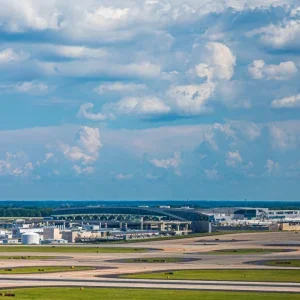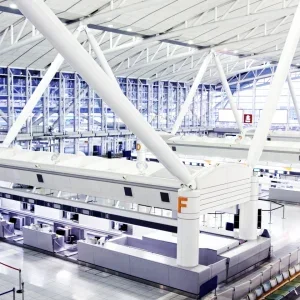At the recent World General Assembly of the Airports Council International (ACI), which took place in Hong Kong on the 4 April, the organisation established a Resolution which recommends a plan of action for airports to take in their approach to drones, including training and liaising with experts.
“The recent drone-related disruption at airports in Europe, and the potential impact of drones on airport safety and operations, have raised significant questions for operations around the world and their preparedness to handle situations like this,” said Angela Gittens, ACI world director general. “This resolution encourages collaboration among all industry stakeholders to find solutions to this challenge. By sharing experience and lessons learned on anti-drone measures and drone related incidents, best practice can be adopted across the industry.”




